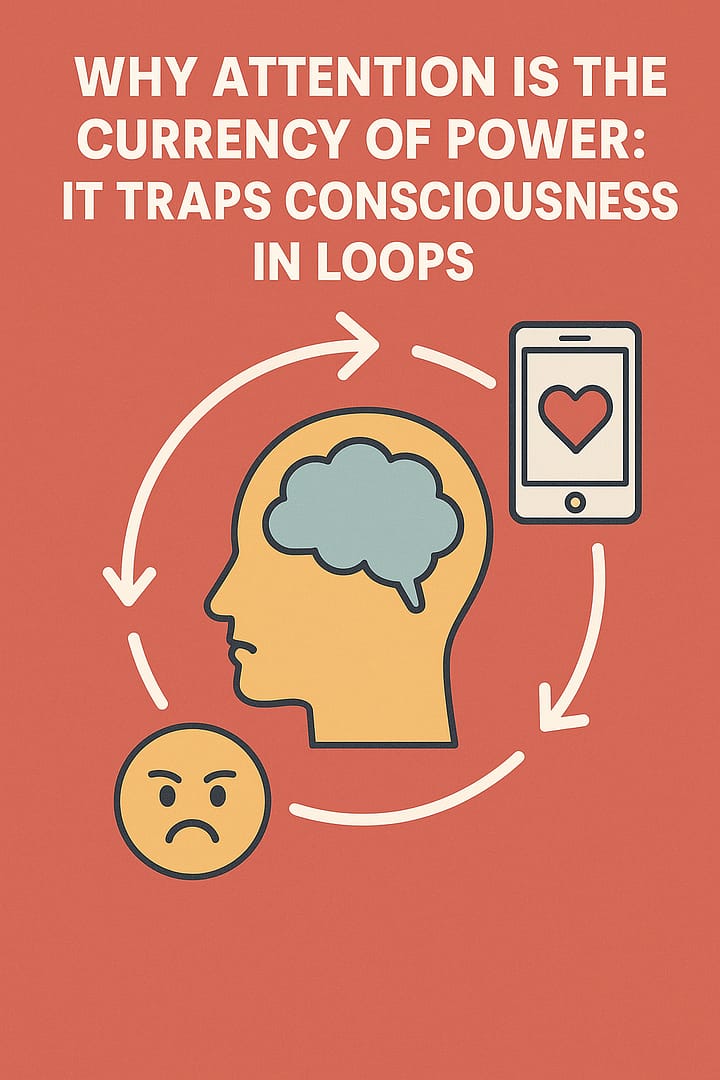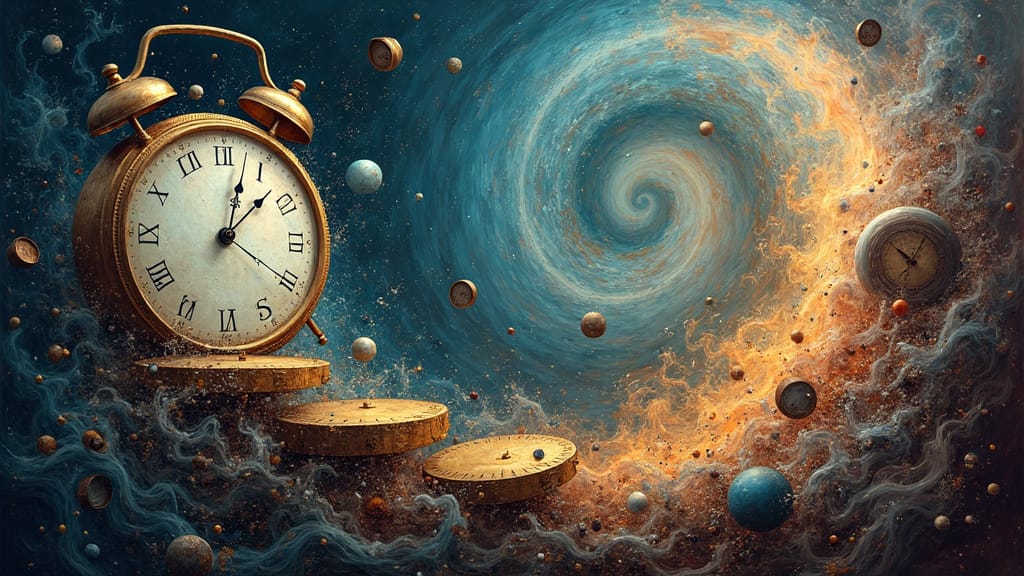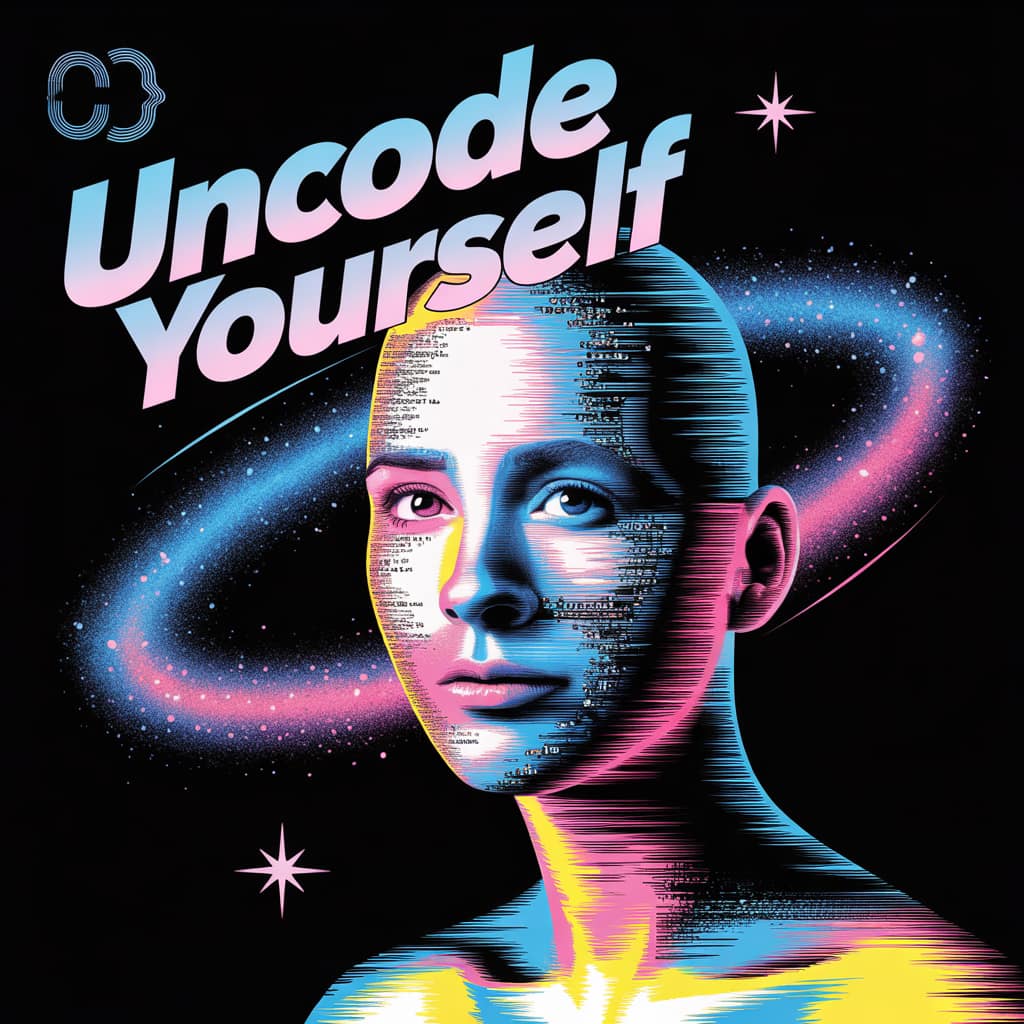What is a bad rule
A bad rule is a rule that is unfair, arbitrary, or unenforceable.
Here are some examples:
- A rule that discriminates against a particular group of people based on their race, gender, religion, or any other characteristic that is protected by law.
- A rule that is arbitrary or inconsistent, such as a dress code that is enforced selectively or a policy that is applied differently to different people.
- A rule that is impossible or impractical to follow, such as a curfew that requires everyone to be indoors by 5 pm, regardless of their work or school schedules.
- A rule that is overly restrictive or punitive, such as a zero-tolerance policy that leads to harsh consequences for minor infractions.
- A rule that lacks transparency or accountability, such as a policy that allows for secret surveillance or arbitrary punishment without due process.
In general, a bad rule is one that fails to serve the intended purpose of creating a fair and just society, and instead leads to unnecessary harm or injustice.
A bad rule in code
In code, a bad rule could refer to a programming rule or guideline that is poorly designed, implemented, or maintained. Here are some examples of bad programming rules:
- A rule that is too restrictive or inflexible, and prevents developers from being able to solve problems efficiently or creatively.
- A rule that is overly complicated, convoluted, or difficult to understand, which makes it hard for developers to implement or maintain.
- A rule that is outdated or irrelevant, and no longer applies to modern coding practices or technologies.
- A rule that is too lax or permissive, and allows for code that is vulnerable to security breaches, performance issues, or other problems.
- A rule that is not enforced consistently or fairly, which can lead to confusion, frustration, and resentment among developers.
A bad rule in code is one that hinders productivity, creates unnecessary obstacles, or fails to achieve its intended purpose of improving code quality, maintainability, or performance. It's important to design and implement programming rules and guidelines that are clear, concise, relevant, and consistent, and that enable developers to write high-quality, secure, and efficient code.
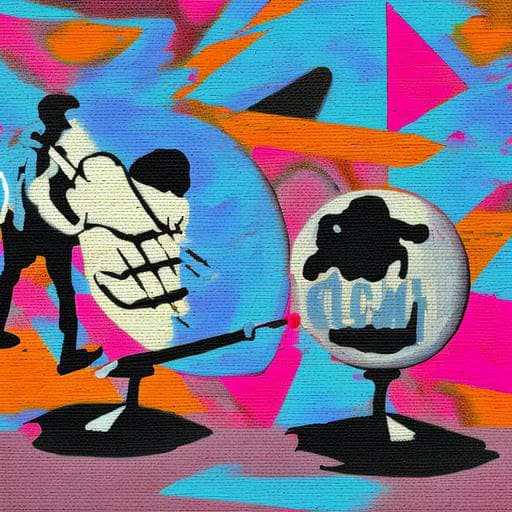
A bad rule in healthcare
A bad rule in healthcare would be a policy or guideline that fails to promote the well-being and safety of patients, or that hinders the ability of healthcare providers to provide high-quality care. Here are some examples of bad rules in healthcare:
- A rule that prioritizes cost savings over patient outcomes, leading to inadequate or substandard care.
- A rule that discriminates against certain patients based on their socio-economic status, race, gender, or other factors that are unrelated to their medical condition.
- A rule that is overly bureaucratic or complex, making it difficult for healthcare providers to navigate and provide care efficiently.
- A rule that is outdated or fails to keep up with advances in medical technology or best practices, leading to suboptimal outcomes or harm to patients.
- A rule that lacks transparency or accountability, making it difficult for patients to understand their treatment options or to hold healthcare providers accountable for their actions.
A bad rule in healthcare is one that undermines patient safety, quality of care, or access to care. It's important to design and implement healthcare policies and guidelines that prioritize patient well-being, uphold ethical principles, and support healthcare providers in delivering high-quality, evidence-based care to their patients.
A bad rule in politics
A bad rule in politics would be a policy or law that fails to promote the public good, undermines democratic principles, or violates human rights. Here are some examples of bad rules in politics:
- A rule that is designed to benefit a specific group of individuals or businesses at the expense of the general public or the environment.
- A rule that is enacted without sufficient public input or scrutiny, or that violates the principles of transparency and accountability.
- A rule that undermines civil liberties, such as freedom of speech or freedom of assembly, or that targets specific groups for discrimination or persecution.
- A rule that is unenforceable or impractical, leading to confusion, corruption, or abuse of power.
- A rule that perpetuates social, economic, or political inequality, such as policies that favor the wealthy and powerful over the less advantaged.
A bad rule in politics is one that serves the interests of a few at the expense of the many, undermines democratic principles and values, or violates basic human rights. It is essential to design and implement policies and laws that promote the common good, uphold the principles of democracy and justice, and protect the rights and dignity of all individuals.
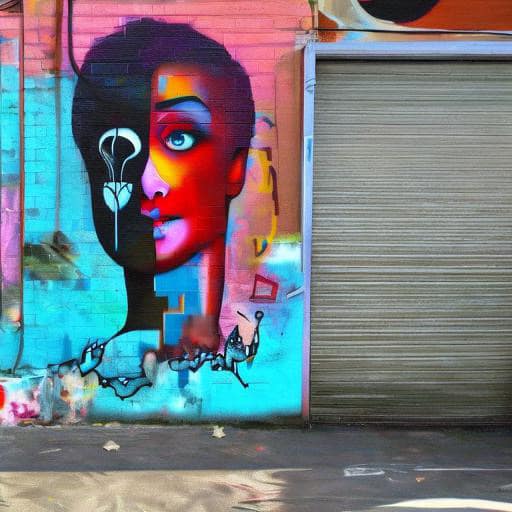
A bad rule in media
A bad rule in media could refer to a policy or practice that undermines journalistic ethics, misleads the public, or violates basic principles of free speech and press freedom. Here are some examples of bad rules in media:
- A rule that allows for the dissemination of false or misleading information, leading to public confusion, misinformation, or harm.
- A rule that pressures journalists to prioritize clicks, views, or revenue over accurate and balanced reporting, leading to sensationalism or bias.
- A rule that restricts access to information or sources, limiting the ability of journalists to report on important issues or hold those in power accountable.
- A rule that perpetuates stereotypes or reinforces discrimination, such as media portrayals that are sexist, racist, or homophobic.
- A rule that threatens press freedom or journalistic independence, such as laws or policies that criminalize or harass journalists or restrict their ability to report on sensitive or controversial issues.
A bad rule in media is one that undermines the fundamental principles of free speech, journalistic ethics, and press freedom. It is essential to design and implement policies and practices that prioritize accurate and balanced reporting, protect the rights and safety of journalists, and ensure that the media serves the public interest rather than the interests of those in power.
A bad rule in science
A bad rule in science would be a practice or guideline that hinders scientific progress, undermines scientific integrity, or violates ethical standards. Here are some examples of bad rules in science:
- A rule that restricts access to scientific research or data, limiting the ability of scientists to collaborate or replicate studies.
- A rule that promotes biased or fraudulent research, leading to inaccurate or unreliable scientific findings.
- A rule that is overly bureaucratic or slow, making it difficult for scientists to obtain funding, approvals, or resources needed to conduct research.
- A rule that undermines scientific integrity or ethics, such as research that violates ethical standards or conflicts of interest that are not disclosed.
- A rule that fails to prioritize diversity and inclusivity in science, leading to underrepresentation of certain groups or exclusion of valuable perspectives.
A bad rule in science is one that hinders scientific progress or undermines the integrity of scientific research. It is important to design and implement policies and practices that promote open and transparent scientific inquiry, uphold ethical principles, and support a diverse and inclusive scientific community. This enables scientists to conduct research in a way that benefits society and improves our understanding of the world.
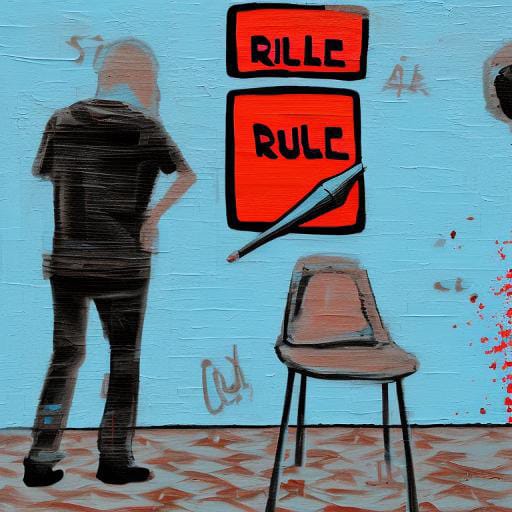
A bad rule in law
A bad rule in law could refer to a policy, regulation or practice that undermines the principles of justice, fairness, and equality. Here are some examples of bad rules in law:
- A rule that is biased or discriminatory, such as a law that targets a specific group of people based on their race, religion, gender, or sexual orientation.
- A rule that is overly punitive, leading to harsh or disproportionate penalties for minor offenses, or that is arbitrary or inconsistent in its application.
- A rule that violates human rights or undermines the rule of law, such as a law that allows for torture, indefinite detention, or other forms of abuse.
- A rule that is overly complex, making it difficult for people to understand and comply with the law, or that is overly bureaucratic or slow, hindering access to justice.
- A rule that fails to keep up with changing social or technological circumstances, leading to outdated or ineffective policies, or that is poorly enforced, leading to a lack of deterrence or accountability.
A bad rule in law is one that undermines the principles of justice, fairness, and equality, or that hinders access to justice and the effective protection of human rights. It is essential to design and implement policies and practices that uphold the rule of law, promote human rights and social justice, and provide for effective and fair administration of justice. This enables individuals and society as a whole to benefit from a fair and just legal system that supports the well-being and prosperity of all.
A bad rule in aesthetics
Aesthetics is a branch of philosophy that is concerned with the nature of beauty and art. A bad rule in aesthetics could refer to a practice, principle, or standard that hinders the appreciation, creation, or interpretation of art. Here are some examples of bad rules in aesthetics:
- A rule that restricts artistic expression or creativity, such as censorship or bans on certain forms of art.
- A rule that is overly prescriptive or limiting, leading to uniformity or lack of diversity in art.
- A rule that prioritizes commercial success over artistic merit, leading to the production of art that is formulaic or panders to popular taste.
- A rule that fails to recognize the importance of context or interpretation in art, leading to misunderstandings or oversimplifications of complex works.
- A rule that is exclusionary or elitist, leading to the marginalization or underrepresentation of certain groups or perspectives in the art world.
A bad rule in aesthetics is one that hinders artistic expression or interpretation, limits creativity, or perpetuates social, economic, or cultural inequalities in the art world. It is important to design and implement principles and practices that promote artistic freedom, diversity, and inclusivity, and that recognize the social, cultural, and historical context of art. This enables individuals and society as a whole to benefit from the richness and complexity of art and its contribution to human flourishing.
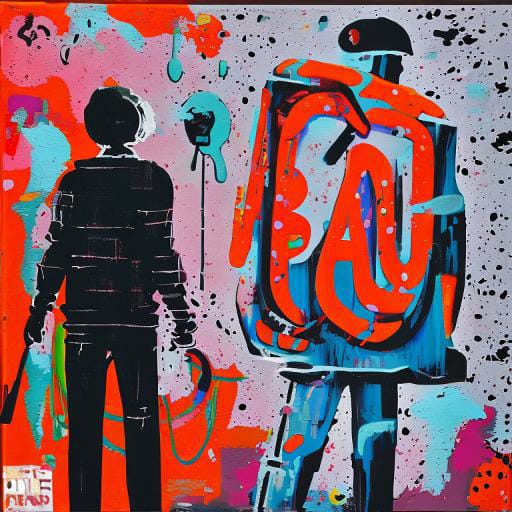
Thank you for questions, shares and comments!
Share your thoughts or questions in the comments below!

